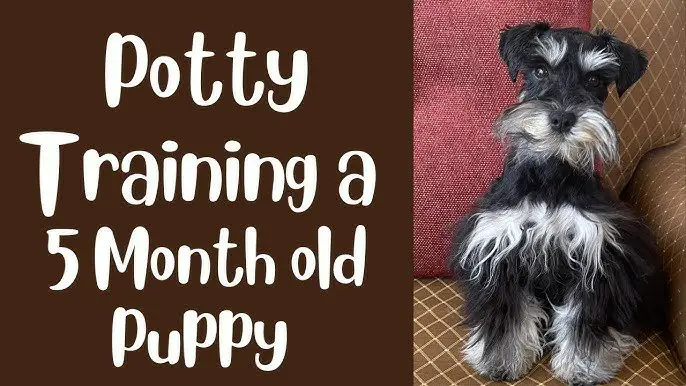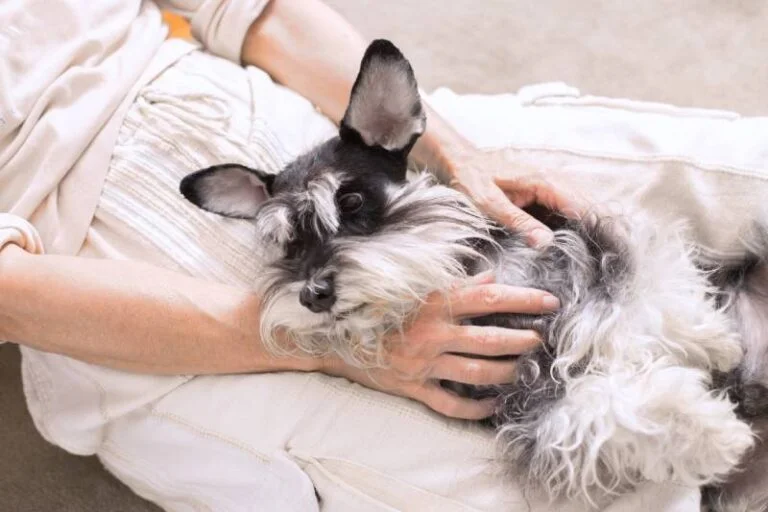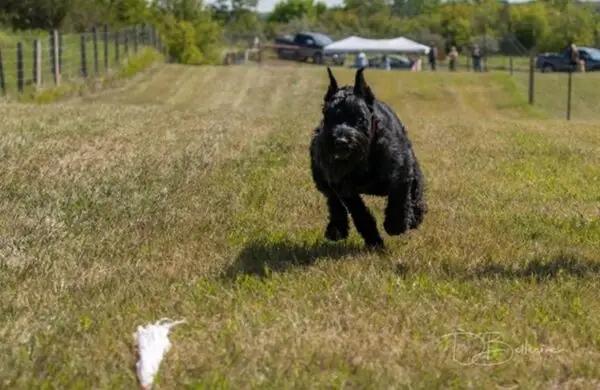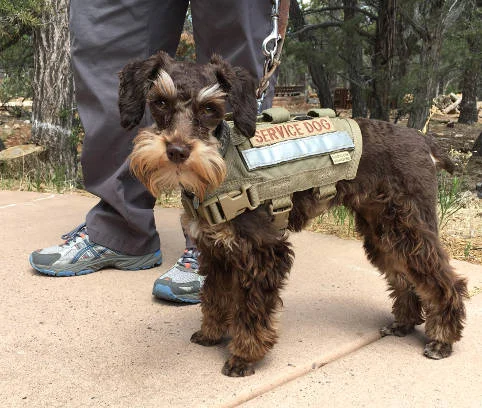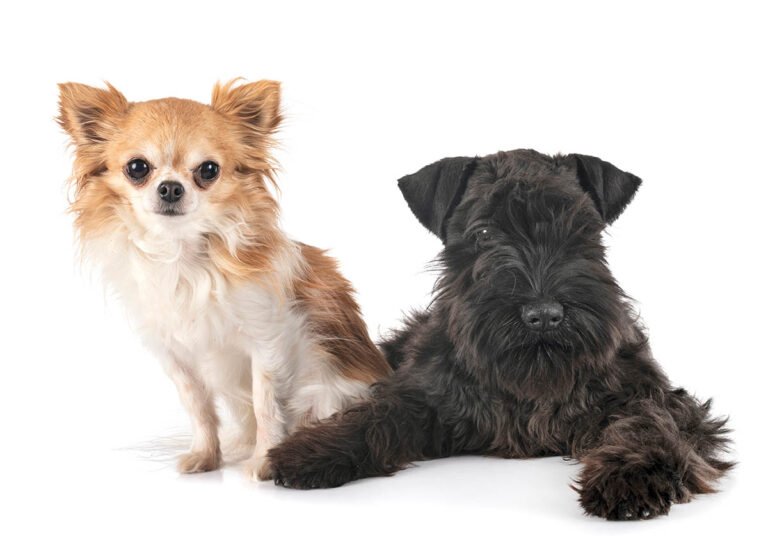How Do I Potty Train My Schnauzer?
Potty training is an important milestone in your Schnauzer’s life and a crucial aspect of responsible pet ownership. Whether you have a cute little Schnauzer puppy or an older dog that needs some training, the process requires patience, consistency, and positive reinforcement. In this comprehensive guide, we’ll take you through the steps of potty training your Schnauzer, from understanding their cues to creating a designated potty area. With the right approach, you can create a happy and hygienic environment for both you and your furry companion.
Understanding Your Schnauzer’s Needs
Before diving into the potty training process, it’s essential to understand your Schnauzer’s natural instincts and behavior related to toileting. Dogs are den animals, meaning they prefer to keep their living space clean. Potty training taps into this instinct by teaching them where and when to eliminate appropriately. Here are some key points to consider:
- Bladder Control: Puppies have limited bladder control, so accidents are common. As they grow, their ability to hold their bladder improves.
- Frequency: Puppies may need to eliminate every 1-2 hours, especially after eating, playing, or waking up. Adult Schnauzers can typically hold it for longer.
- Cues: Observe your Schnauzer for signs like sniffing, circling, or restlessness, which indicate they need to go potty.
- Positive Reinforcement: Praise and rewards play a crucial role in reinforcing desired behaviors during potty training.
How to Potty Train Your Schnauzer
1. Establish a Routine
Setting a consistent daily routine is the foundation of successful potty training. Follow these steps to create a structured schedule for your Schnauzer:
- Feeding: Feed your Schnauzer at the same times every day. A regular feeding schedule helps predict when they will need to eliminate.
- Potty Breaks: Take your Schnauzer outside to their designated potty area immediately after waking up, after meals, and before bedtime.
- Supervision: Keep a close eye on your puppy when they are indoors. If you can’t supervise, confine them to a crate or a designated play area.
2. Choose a Designated Potty Area
Select a specific spot in your yard as the designated potty area for your Schnauzer. Consistency is key, as the scent in that area will remind them of their bathroom spot. Use the same path to and from this spot each time.
3. Use Positive Reinforcement
Positive reinforcement is an effective tool in potty training. When your Schnauzer eliminates in the designated area, immediately praise them and offer a small treat. Positive associations will encourage them to repeat the behavior.
4. Be Patient and Persistent
Potty training is a gradual process that requires patience. Accidents are bound to happen, but avoid scolding or punishment. Instead, remain patient and consistent in your training efforts.
5. Clean Accidents Properly
If accidents occur indoors, clean them up promptly and thoroughly. Use an enzyme-based cleaner to remove any traces of scent, as residual odors may lead your Schnauzer to repeat the behavior in the same spot.
Potty Training Tips
Here are some additional tips to enhance the potty training process:
- Keep a Journal: Track your Schnauzer’s potty habits to identify patterns and adjust the routine accordingly.
- Use Verbal Cues: Teach your Schnauzer verbal cues like “Go potty” or “Do your business” to signal the desired behavior.
- Stay Consistent: Everyone in your household should follow the same potty training routine to avoid confusion for your Schnauzer.
- Celebrate Success: Celebrate each successful potty break with enthusiasm and rewards to reinforce the behavior.
- Exercise and Play: Regular exercise helps regulate your Schnauzer’s bathroom habits and keeps them physically and mentally healthy.
Common Potty Training Challenges
1. Accidents in the House
Accidents are a natural part of potty training. If your Schnauzer has an accident indoors, avoid punishment and instead focus on reinforcing positive behaviors when they go outside.
2. Submissive Urination
Some puppies may submissively urinate when excited or scared. This behavior usually resolves with time and confidence-building exercises.
3. Fear of Outdoors
If your Schnauzer seems fearful of going outside, take a gradual approach. Start with short outdoor sessions and gradually increase the duration as they become more comfortable.
FAQs
Q: How long does it take to potty train a Schnauzer?
A: Potty training duration varies for each dog. Some Schnauzers may learn quickly within a few weeks, while others may take a few months. Consistency, patience, and positive reinforcement play significant roles in the training process.
Q: Can I use pee pads for potty training?
A: Yes, pee pads can be used as a temporary solution, especially for apartment living or when you cannot take your Schnauzer outside immediately. However, it’s essential to transition them to outdoor potty training gradually.
Q: My adult Schnauzer is having accidents suddenly. What should I do?
A: Sudden accidents in adult dogs may indicate a medical issue. Consult with your veterinarian to rule out any underlying health problems. If no medical issue is found, review the potty training process and reinforce positive habits.
Conclusion
Potty training your Schnauzer is a journey that requires time, patience, and understanding. By establishing a routine, using positive reinforcement, and being consistent, you can effectively teach your Schnauzer where and when to eliminate. Remember to be patient and avoid punishment for accidents. With love, care, and dedication, your Schnauzer will soon become a well-trained and happy member of your family. Happy training!


